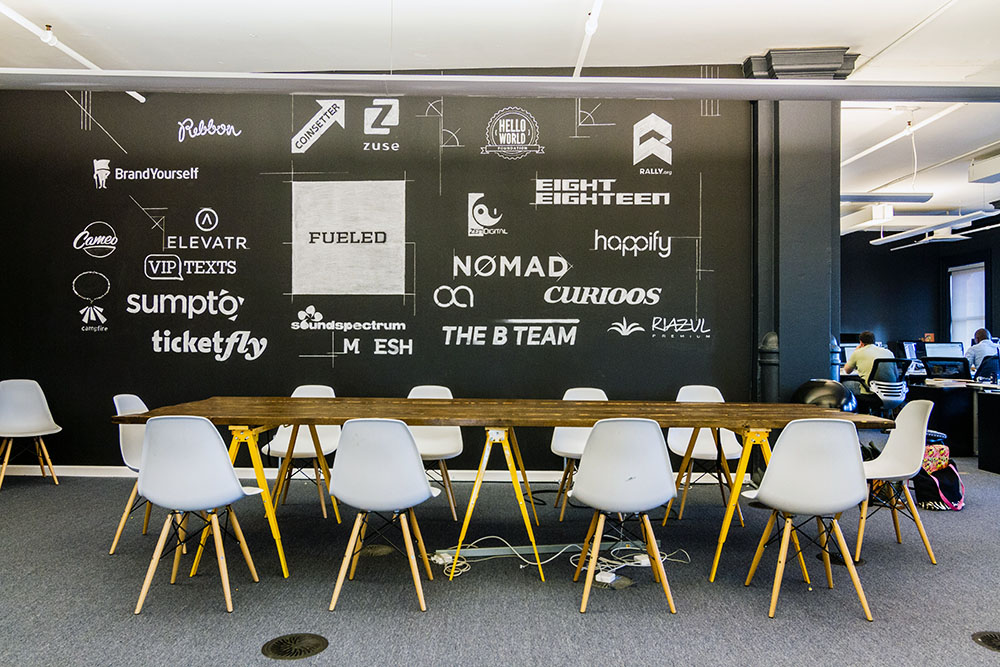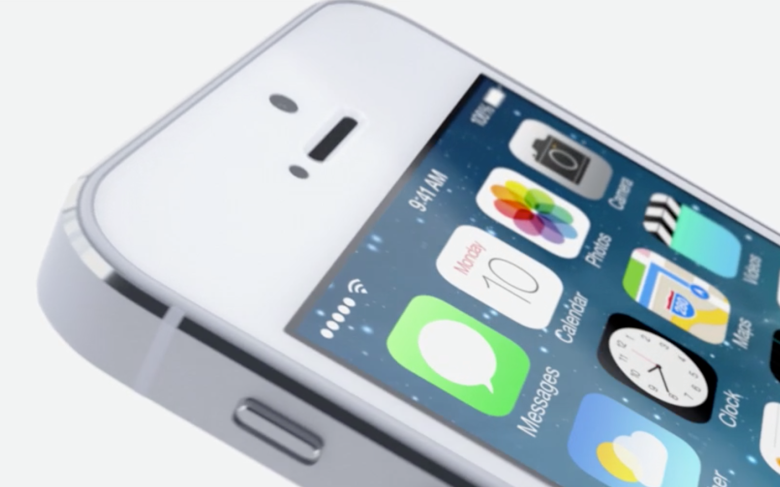A rock star design and development team doesn’t guarantee a successful mobile app. In fact, with over a million apps in the App Store, it’s harder than ever to stand out from the crowd.
Before taking the plunge and developing your idea, review the most common challenges associated with successful mobile app development.
Creating your niche
Too many entrepreneurs think that creating another version of Facebook, Snapchat, or Twitter with a minuscule twist will be the next best thing for the app market.
Instead, start by finding a particular demographic; understand their needs, and more specifically, what they are missing. Then, figure out if your app idea has already been created.
Need a little niche-ie inspiration? Check out these snazzy businesses that conquered their particular markets.
More mobile apps, more competition
With larger companies, come larger budgets, which means these big companies are going to dominate the advertising game by buying up all of the precious ad space.
The search algorithm that Apple uses forces app creators that are lower ranked to spend more money to obtain a higher App Store ranking. Larger enterprises are also leaning on the advertising platform on Facebook, driving up the price of ads significantly.
Because of this, startup apps need to think outside the box to get the word out.

Finding loyal users
Whether it originates from your friends at home, or aunt Margaret’s backgammon club, finding a pool of loyal users is a frequent challenge for developers. It’s difficult to find those loyal users that not only adopt your app, but also incorporate it as an integral part of their daily lives.
Engage your users by explaining what makes your app special and how it stands out from the rest. Try submitting to the iTunes store, if that wasn’t already your plan of attack. Issuing a media release is also something that could get you some early buzz in your target market. Through the media release you could offer promo codes to your users giving them an incentive to come explore the app further. Comment on user forums that might be relevant to your app, or to your target users. Attend new tech forums and meet-ups to get early adopters to give you feedback. Get blogs that target your ideal users to write about you.
And remember, in the game of app PR, social media is always your friend.
Testing, Monitoring and Applying
Proper testing through active participants is crucial for gathering relevant feedback and data. Gaining support from different analytics companies will help specify the exact issues and inform you on what to apply and take out of your app.
Keep up with changes in the platform specific to your app, this way, you ensure that your app will remain relevant and at the forefront of innovation and new trends.
Fueled’s product guru, Emilie Futterman, recommends releasing an initial beta testing stage to a select number of users, making it easier to scale the number of users. “Don’t make assumptions about what potential users want. Do your research, and see where your beta testers think the app should evolve.” She also recommends testing the core of your product with beta testers, then, through research, determining what the other features should be.

Writing code from scratch vs rewriting it?
So, you’ve already created the code for the Android platform and want to branch out to iOS for the next version of your app. From a development standpoint, do you rewrite the app with the same language, or start from scratch?
Most developers on the Fueled team would agree that rewriting from scratch can present you with more work than is needed. Even with the developer’s prior knowledge in both languages, transcribing one language into the other isn’t time efficient.
Third party services work for your app
The ultimate key to a successful app is to “always think 6-8 months ahead of where you’re currently at,” says Emilie. While using a third-party service may save you money in the beginning, it may not always be practical in the end. Developers tend to face the obstacle of a lack of flexibility when it comes to using pre-existing backends, such as Parse and Heroku, seeing as they hold limitations for specific features.
Try to find a happy medium with third-party services. See where your app goes and figure out whether or not the third-party is flexible enough to work with the full extent of your app’s features.
While large-scale enterprises may conquer the app game with scorched earth advertising, boosting their app presence immensely, there is still hope for the little guys. Stay in the game by taking pride in your app’s originality, creating your own nontraditional path to success, and continuing to evolve and innovate in whatever way possible. The framework for mobile development has already been laid, but it’s up to future apps to pave a new path for what is to come in the way of app expansion.
Find Anna Gale’s Google Plus profile here: Google
